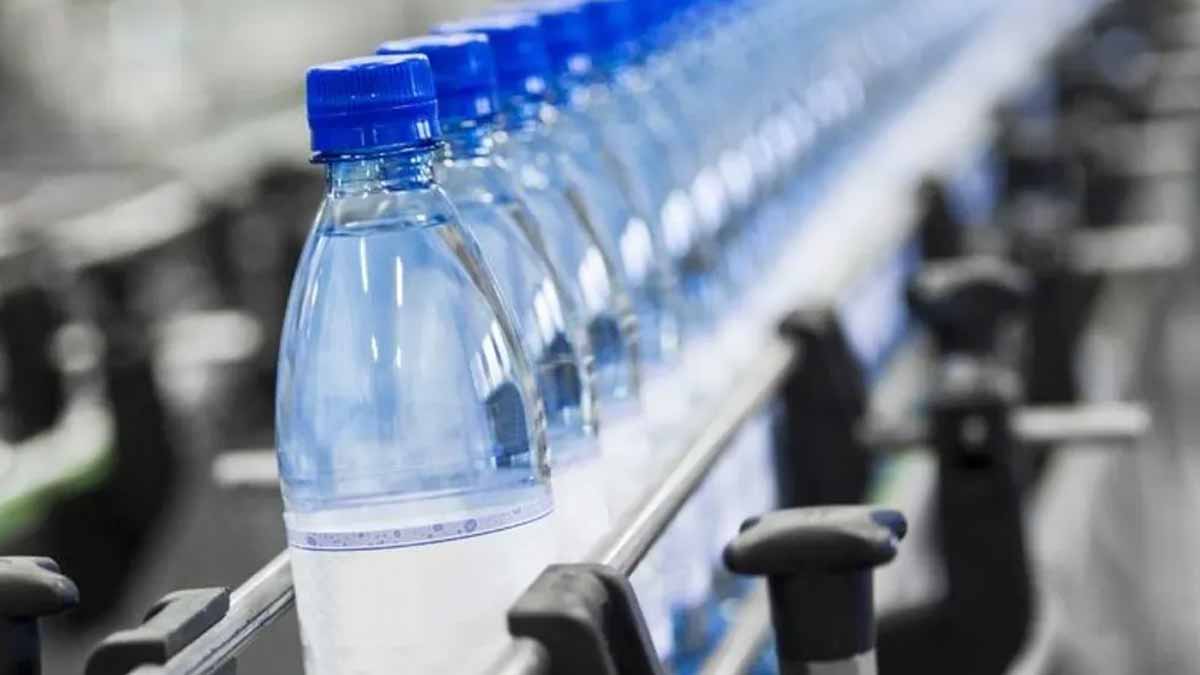A familiar daily habit may carry an unexpected load, and it hides in plain sight. New lab findings compare popular drinks and rank their particle levels with care. The results are clear, yet unsettling, and they change how we think about routine choices. From the first sip to the last, the study tracks what ends up in the cup. As you read, note the exact microplastic concentration figures and how temperature, packaging, and serving choices interact.
Hot drinks take the lead
The team analyzed 155 beverages across sodas, juices, energy drinks, and coffee and tea. Hot options showed the highest particle loads, with tea leading the pack. Expensive teas in disposable cups were the most affected, pointing to the cup as a major source. The researchers linked heat and contact time with more material shedding.
They offered a precise rundown that stayed consistent across brands. Hot tea measured 49–81 MPs per liter, while hot coffee reached 29–57. Chilled drinks trailed: iced tea registered 24–38, iced coffee 31–43. Fruit juice landed at 19–41, energy drinks at 14–36, and soft drinks at 13–21. The pattern stayed stable across repeated tests.
Disposable cup material appears central to the spike. The team said cup composition likely drives the higher counts in hot samples. Heat, movement, and lid friction compound the effect. With hot water, cup layers can release tiny fragments. This helps explain why the warmest drinks often rise to the top.
How microplastic concentration climbs in hot beverages
Heat accelerates the release of particles from certain polymers. When liquid is hot, diffusion speeds up, and small fragments break free. Stirring and sipping through lids add more friction. These simple steps have outsized effects on particle levels. Temperature, time, and turbulence work together.
Cup design also matters. Laminated layers can delaminate at stress points near rims. When a lid rubs the rim, fragments can enter the drink. A sleeve or tight fit may reduce flex, yet it does not remove the root cause. The material itself remains the main contributor when conditions align.
Brew method can nudge results. Longer steep times, higher water temperatures, and vigorous swirling can push counts higher. The same tea leaves in a durable mug often show fewer particles. Similar rules apply to coffee. A hotter brew in a disposable cup tends to carry more particles than cooler, quick pours in inert vessels.
Everyday exposure beyond water alone
The authors caution against focusing only on water. They stress that counting particles in tap or bottled water misses the bigger picture. Because people drink many different beverages, totals add up fast. This broader lens helps estimate daily intake with more accuracy. It also fits real life.
They argue that assessing only water likely underestimates risk. When hot drinks are common, the intake can rise. That is why they call for wider sampling across drink types. They also track temperature and cup type together, because the mix changes results. This approach gives a truer exposure view.
Practical steps follow from these insights. Choose a durable mug for hot tea or coffee when possible. Pour at slightly lower temperatures when taste allows. Avoid vigorous stirring against the rim and skip unnecessary lid contact. Small moves, applied daily, can lower microplastic concentration in routine sips.
Numbers, sources, and what stands behind them
According to the researchers, the dataset spans 155 drinks in total. They tested sodas, juices, energy drinks, and both hot and cold coffee and tea. Hot tea showed 49–81 MPs per liter and hot coffee 29–57. Iced tea measured 24–38, iced coffee 31–43. Fruit juice reached 19–41, energy drinks 14–36, and soft drinks 13–21.
The work is attributed to the University of Binghamton in the U.K., as first reported by The Independent. At the same time, one lead author is named as University of Birmingham Professor Mohamed Abdallah. He noted that results were broader than expected. The team found particles in all hot and cold drinks tested.
Their statement adds that disposable cup materials likely drive much of the effect in hot samples. Heat, contact time, and cup structure align to raise counts. This helps explain why premium teas served in disposable cups sit at the top. It also clarifies why container choice makes a visible difference at high temperatures.
Next questions and choices for consumers and researchers
Professor Abdallah said their work shows “ubiquitous” contamination across beverages. He also warned that looking only at water misses important sources. This broader frame supports new sampling plans. It asks labs to track temperature, cup composition, and handling. These pieces shape real-world exposure.
Future studies can map daily intake by setting. Cafés, offices, and homes use different cups, lids, and machines. Each detail may push results up or down. Lab methods should capture these differences with clear protocols. That way, we compare like for like and avoid blurred signals.
For consumers, a few habits help. Reach for glass, steel, or ceramic for hot drinks. Limit lid rub and rim friction where you can. Let tea or coffee cool slightly before stirring. These steps are simple and low-cost. Over time they can trim microplastic concentration in everyday routines.
A sharper path forward for safer sips
The authors’ main message is direct. Limiting analysis to water understates exposure and risk. Hot drinks, especially tea in disposable cups, can dominate the intake. With 155 beverages tested, the trend holds steady. The numbers are not abstract; they reflect daily life.
Small changes matter. Material choice, brew temperature, and gentle handling work together. They help reduce particle counts without changing taste or ritual. Meanwhile, better testing can clarify hidden sources and timelines. Clear labels and durable designs would support safer habits.
As the evidence grows, an informed routine grows with it. Keep the comfort of a warm mug while trimming the load you cannot see. With mindful choices, you can lower microplastic concentration without losing your daily pause.
